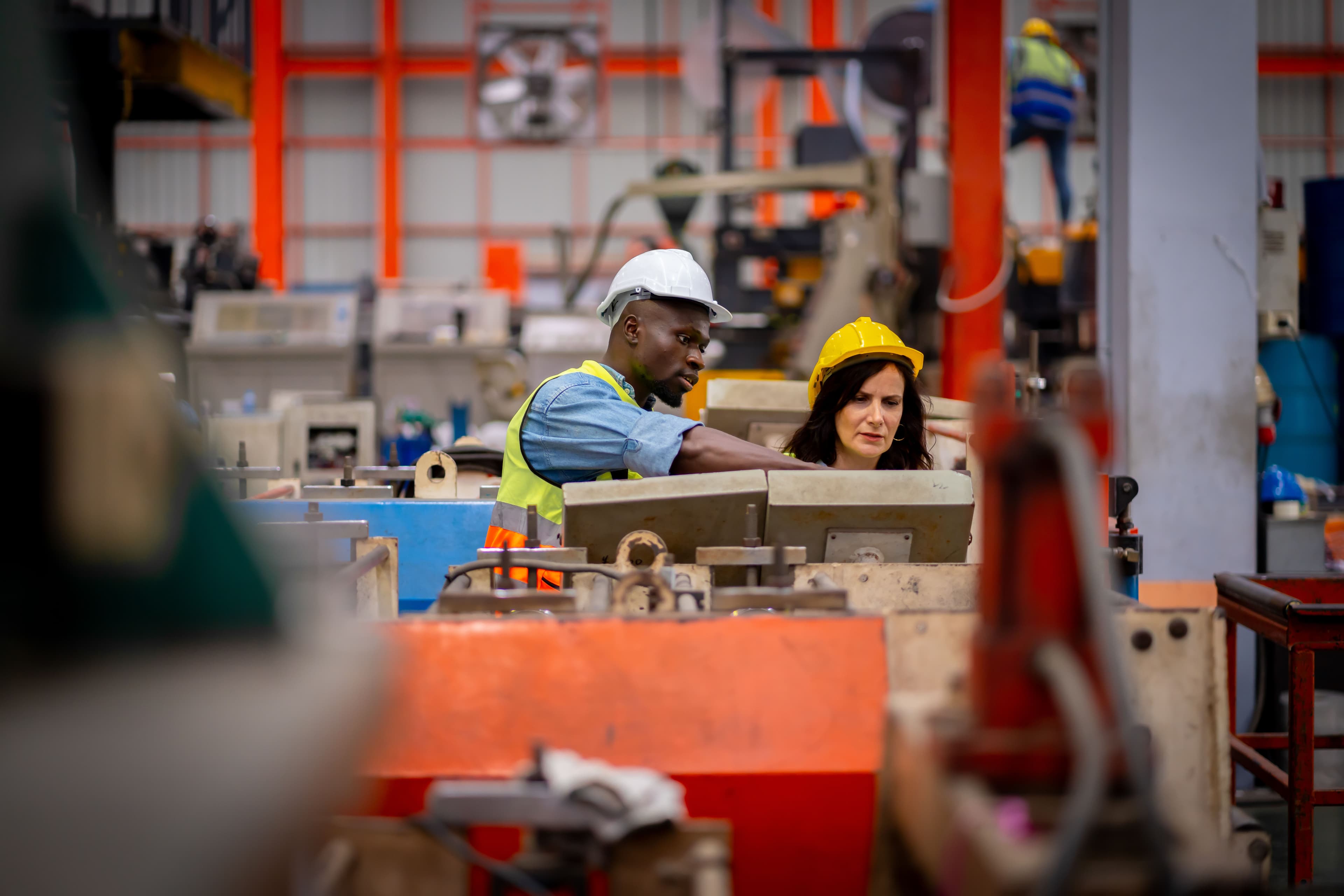
Investigating spatial daily and residential mobility patterns, travel behaviors, urban forms, and their effects on sustainable mobility, quality of life and wellbeing.

The department focuses on three main topics. Sustainable cross-border mobility, exploring transport solutions to reduce greenhouse gas emissions. How urban environments affect well-being, particularly stress and aging. And technological innovations in mobility, including new survey designs, autonomous vehicles and digital tools for urban regeneration.

Sustainable and Cross-Border Mobility
This area delves into the intricacies of managing and modelling mobility across borders, with a particular focus on the Grand Duchy of Luxembourg and adjacent regions of neighboring countries. It emphasizes the development and implementation of multimodal models to predict and optimize the movement of people, aiming for a more sustainable, safer and low-emission transport system. Sophisticated tools are developed to model residential and daily mobility patterns and simulate traffic to evaluate impacts of public policies from greenhouse gas emissions to safety and sustainability. By fostering co-creation and collaboration across regions, these initiatives aim to create greener and more integrated land use and transport networks, addressing the challenges posed by increasing cross-border traffic and the need for sustainable and innovative mobility solutions such as teleworking, new residential built environments or solutions related to shared or micromobility.

Well-being and Urban Environment
This topic investigates how urban environments influence health behaviors (i.e., active transportation, physical activity, diet…) and more generally population health and well-being, with a particular focus on stress and healthy aging. It explores the relationship between environmental exposures (related among others to daily mobility) and physiological and psychological stress, aiming to identify factors that contribute to or alleviate stress. Additionally, it examines the role of motility and mobility in maintaining the health of older adults, integrating perspectives from epidemiology, geography, and psychology. Our projects provide insights into these dynamics, contributing to a better understanding of how urban planning and spatial planning can support healthier and happier lifestyles.

Innovation and Technologies for Mobility
This topic highlights the role of technological innovation in enhancing urban mobility. First, the department develops new survey techniques such as EMAs (Ecological Momentary Assessments) and sensors (GPS, accelerometers…) to better understand mobility behaviors. Second, based on specificities such as autonomous vehicles, we are reshaping travel behavior and the value of travel time, and investigating the use of digital technologies and agent-based modeling for urban regeneration and carbon emission reduction. Third, to tackle the new challenges for large-scale electrification of transportation systems, we develop new methodologies for fleet management and charging infrastructure planning using optimization approaches and simulation, considering the impact on the power grid. Fourth, the Department develops virtual reality experiments to investigate the determinants of active transportation, by combining highly realistic manipulated virtual environments with biosensors and a motion simulator. These developing methodologies and tools assess the impact of these innovations, providing valuable insights for policy-making and sustainable urban development. By leveraging cutting-edge technologies, these initiatives aim to create more efficient, user-centered mobility solutions.
Alexis Gumy, Anisa Fauzi Ratnasari, Bérengère Darud, Camille Perchoux, Cyrille Médard de Chardon, Giulio Giorgione, Hichem Omrani, Juliette van Beek, Malvika Dixit, Olivier Klein, Mohammadreza Aghanejadahmadchali, Noémie Topalian, Philippe Gerber, Sylvain Klein, Tai-Yu Ma, Yann Ferro







.png&w=3840&q=75)





